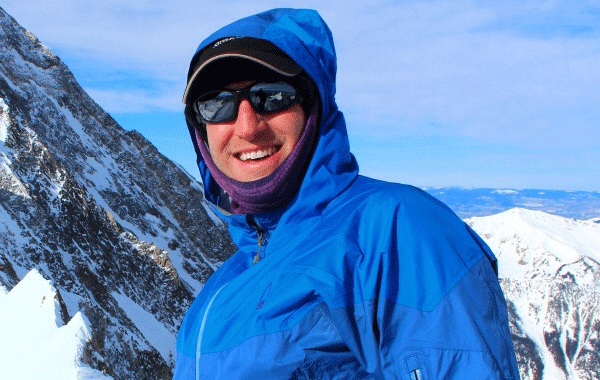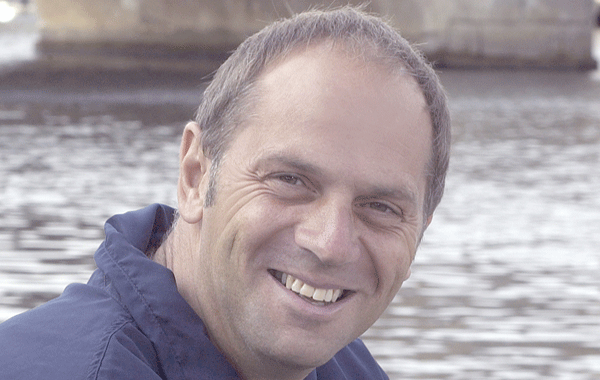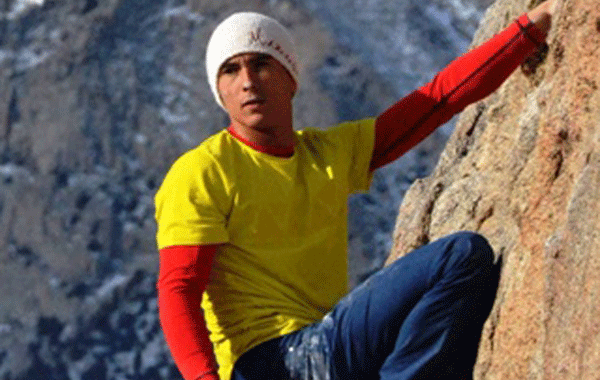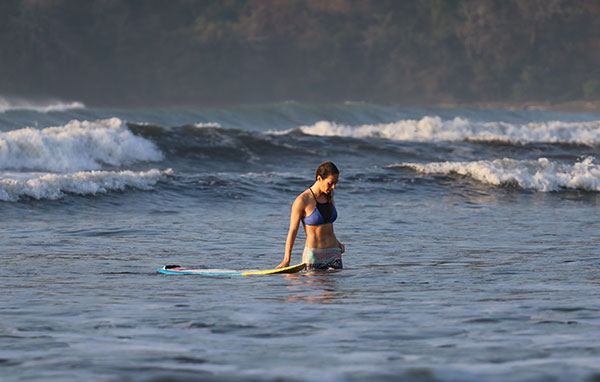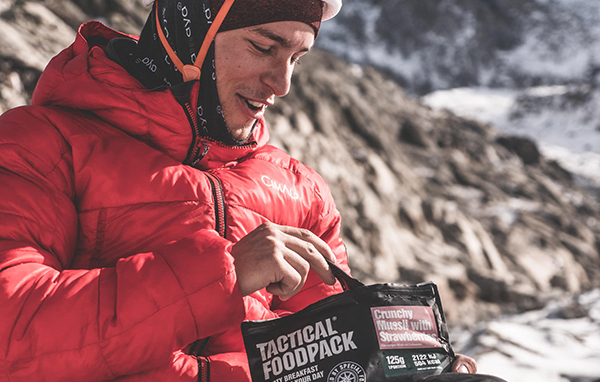
photo Timothée Nit
Tell us about your time growing up and how your passion for the outdoors began?
When was your first experience of mountaineering and who introduced you to the sport?
I discovered ice climbing maybe at the age of 17 with the president of a caving club. So I started to spend all my winter weekends in the Ecrins mountains to practise this new activity, I liked it and every winter I became stronger and more comfortable. Logically, I then turned to mountaineering. My first peak was Roche Faurio (3730m) in the Ecrins moutains, a very easy peak with beautiful landscape and with one big glacier. Now, even if I still go caving, I live in the Alps and spend between 100 and 120 days a year in the mountains. Oh, and I swapped scuba diving for cave diving!
Tell us about your early accomplishments on mountains and the places the sport started to take you?
Quickly, I really got hooked on mountaineering and I started to invest time to practice. I started to climb many routes and summits like Pelvoux (3946m), Ailefroide north face (3954M). This north face is my first big accomplishment and it’s kind of my launching pad.
Ecrins mountain is the nearest part of the Alps for me so I started all of my courses in this place. Ecrins measure 925km², there are so many summits, glaciers and routes on all faces of each summit – just paradise!

photo Kilian Moni
Who were your mentors and those you looked up to as your passion and interest in the sport grew?
I don’t really have any mentors but when I started mountaineering, I followed a lot Pierrick Fine, who was the young world champion in ice climbing, it was in 2015 or 2016 I think. After I went on a beautiful course on the very high summit of the Karakorum and on the Himalayas chain. In 2021 he won the Golden Ice Axe with Symon Welfringer for its opening in the south face of Sani Pakkush (6 951 meters, Pakistan). He has always inspired me and now I have the chance to climb and go to the mountains with him!
There is one other french alpinist that I like very much, this is Benjamin Vedrines, who broke the ascent record of the Broad Peak (8051m). I like his ability to link many routes always so beautifully, long and hard without taking head.
Finally, in ice climbing and mixed climbing, Jeff Mercier is for me one of the best. He is so calm, composed and precise on these ice axes. and above all he is one of those who popularised dry tooling and mixed climbing to the highest summit of Mont Blanc.

photo Timothée Nit
What have been your biggest achievements in the sport to date?
In this two past years, I have two achievements that I am very happy with. The first, in 2022 is the ascent of the Eiger North face in winter by the heckmair route of 1938 in one day (ED, 5C, A0, 5+, M5). I strated climbing at midnight and in the first part we climbed really fast in the fog despite taking the wrong path, which made us lose a lot of time. After that we stayed on track and kept a good pace, we climbed as much as possible in pairs, on a tense rope to go faster. My friend Paul lost one of his ice axes, and we lost a lot of time at the end of the route… We arrived at the summit at night, with as starry a night as I had ever seen and we bivouacked 50m under the summit, it is a very very beautiful memory.
My second biggest achievements is in ice climbing during this winter, in February. I climbed ‘La Massue’, one of the two first WI7 in ice climbing (La Massue and La Lyre were opened the same day). The icewall was amazing, It is a double tube of 120 metres high. You can climb in a dihedral between the tube and a big stalactite with a sloping part at the end which is more or less bypassed by the left and we made the relay at the foot of the second cigar. It is the easiest length in WI6/6+ maybe. The second cigar is the steepest and most impressive. it is completely detached from the wall on 20m high and is about 1m30 wide with a lot of water flowing in its center. In order not to weaken the structure, you must not hit it with the ice axes, you can only hook natural holds in the ice otherwise you risk cracking the cigar and falling. You can’t use an ice screws for the same reasons. You have to concentrate to the maximum and be really sure of yourself because you absolutely must not fall. It took me 1H30 to climb the 45m of this length in which I was able to put 4 pins once I passed the tricky part. Although the climb was intense, I really enjoyed climbing this line, so pure and beautiful. It’s a bit of a myth in this area and a childhood dream that I realized.

What are your goals and ambitions for the future in mountaineering?
My next objective is the north face of the Grandes Jorases, a summit very famous for its north face which is one of the most difficult in the Alps. I’m waiting for the right weather window to go there. Also, I am preparing some expeditions in Patagonia, Norway and Nepal for the next 4 or 5 years… to be continued!
For this next winter, I’m looking for the icefalls that make me want to take them on, beautiful and long, maybe in Switzerland! I think I will try to take mountain guide training too.
Tell us about your partnership with Tactical Foodpack and a little more about that company?
I discovered Tactical Foodpack is an Estonian brand through a friend during a video shoot in speleology and we stayed in touch because I had some great mountaineering projects. We got along very well right away because we share the same values and we try to work on common projects by always proposing new ideas.
TFP creates all kinds of freeze-dried products: meals, breakfasts, drinks, snacks, there is something for every taste and every diet. They are really healthy and balanced meals with a lot of taste. For me it’s really important because when you’re bivouacking in the mountains, in the cold, you’re always happy to have a warm and hearty meal. It’s really good for the morale! The meals are very consistent and really adapted to my practice. the big positive point is that they require less water than most other freeze-dried competitors In addition, the meals take up very little space in the rucksack and are very light, which is also why they are perfectly suited to my practice and to mountaineering. They are basically products developed for the special forces so obviously it works for mountaineering and all outdoor sports in general!
Now Tactical Foodpack support me on all my mountain trips and I always get very good feedback from them! We get along very well and I hope it will continue!

photo Kilian MONI
What advice would you give to those who are inspired by your achievements and who also have a passion for mountaineering?
The first advice I would like to give is to learn to be patient and above all to limit your commitment. The mountains don’t move and the icefalls reform every winter, so take your time, go at your own pace and don’t skip a step. If you don’t feel like it, don’t hesitate to turn back, no one will judge you. It’s been three times that I’ve tried the North Face of the Grand Jorasses, and I’ve given up because all the elements weren’t in place to climb safely. Do not hesitate to follow training courses with high mountain guides, I have also been through this and it is very instructive.
The second piece of advice I would like to give you is the following: enjoy yourself and take advantage! Mountains are beautiful, all summits are as beautiful as each other. Choose routes that correspond to your experience level and don’t be afraid, you won’t enjoy yourself enough.

